I have a PC w/ a great processing-to-power-consumption ratio, however its idle consumption and power-off power draw (phantom load) is far from ideal. I could use an external switch to manually toggle the VAC to its power brick but doing so would negate any legitimate use of auto-hibernation, so I figure, why not use a relay in conjunction with a spare USB port in order to switch the relay off when the USB 5 volts is no longer present (as the computer is off)? The issue is turning the PC back on. I could easily use a separate USB charger's 5 volts with a momentary switch to flip the relay (& auto power-on the PC w/ a bios option) until the PC brings its own USB port's 5 volts on, thus keeping the relay in the on position but I know that combining separate DC sources is a no-no.
After googling for a couple hours I found that I could probably manage this setup by use of two solid-state relays (SSR), each having its separate DC source (external USB charger and PC USB port) while switching the same AC line.
(Please excuse the rudimentary circuit diagram. I could only find one free one w/ SSRs)
I think I'm okay with going further and buying the parts however before I do I would like to ask the community for approval or suggestions. From what I've found, its going to cost $28 for a dual input SSR, or $12 for 2 separate (cheap) SSRs.
Is this the best way of doing this? The cheapest? Safest? Is it possible to just use 1 relay? Should I use coil relays? I'm open to all ideas.
Also I would imagine that this sort of setup could be practical for similar uses. Anything with a high phantom load could make use of this solution by taking an appliance's internal voltage and externalizing it to keep the the relay on during use until it sleeps/hibernates thus shutting off the relay and cutting all possible current draw.
I'm trying to cut down on idle electrical use, and hopefully a solution will allow many others to do the same.
Thanks!
FOR THE RECORD: the PC has a REAL phantom load that cannot be turned off. the power brick ALSO has a phantom load (much lower though) and would be much more expensive to replace. the PC USB ports CAN be configured to SHUT OFF during HIBERNATE (confirmed with USB LIGHT). Hibernate saves all the ram to the disk and can allow for PC power to be removed. I am VERY confident about working with DC and mains but NOT confident about brainstorming a particular circuitry.
